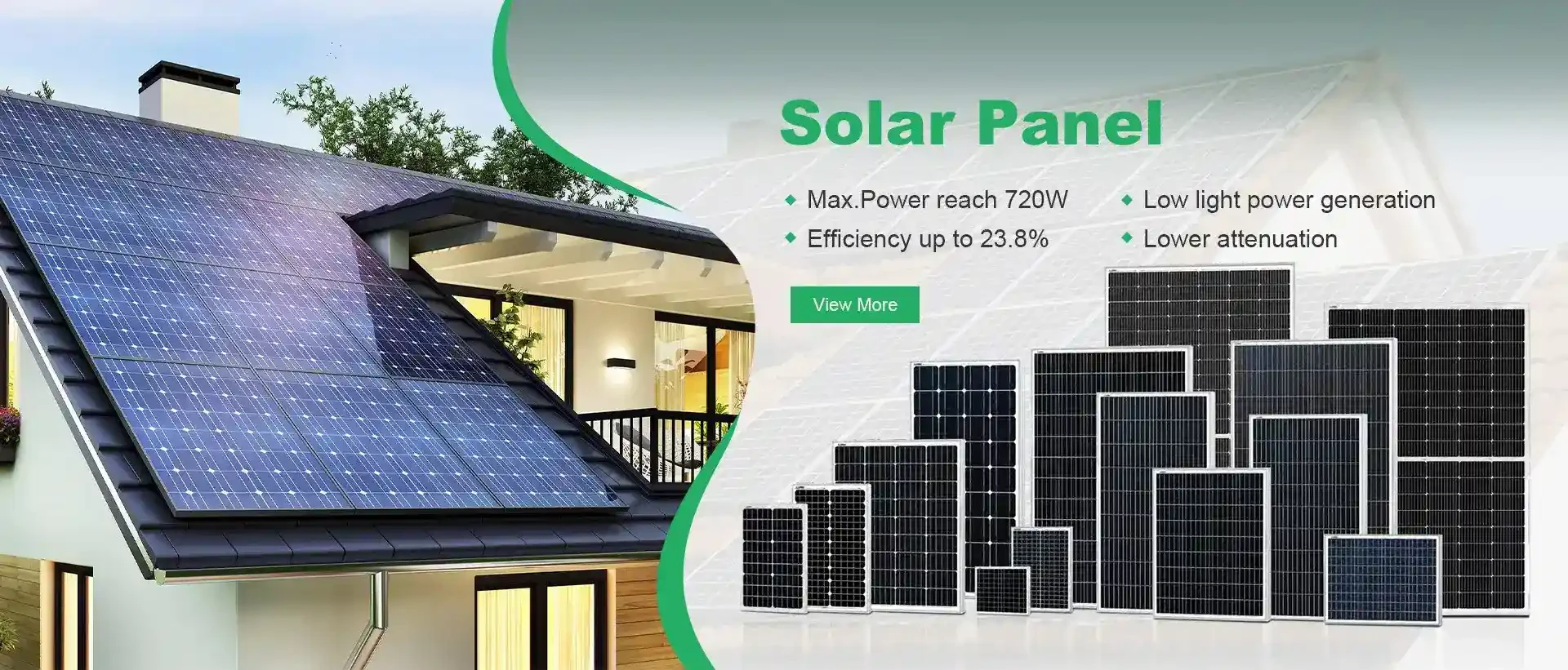Exploring Innovative Solutions for Solar Energy Beyond Traditional Roof Installations
Exploring Non-Roof Solar Panels Innovations in Renewable Energy
As global awareness of climate change and the need for sustainable energy sources continues to rise, solar energy has emerged as a key player in the transition to renewable energy. While traditional rooftop solar panels have dominated the market for years, an exciting trend is developing in the form of non-roof solar panels. These innovations are expanding the possibilities of how we can harness solar energy, making it more accessible and versatile.
What Are Non-Roof Solar Panels?
Non-roof solar panels refer to solar energy systems that are installed on surfaces other than rooftops. This can include ground-mounted solar arrays, solar canopies, solar carports, and solar-integrated building facades. The flexibility in installation locations allows these systems to be adapted to various environments, from urban areas to agricultural lands, enhancing the potential for generating renewable energy.
Benefits of Non-Roof Solar Solutions
1. Space Utilization One of the primary advantages of non-roof solar panels is their ability to utilize spaces that may be underused or unsuitable for traditional solar installations. For example, open fields, parking lots, and brownfield sites are ideal locations for ground-mounted solar projects.
2. Enhanced Energy Generation Non-roof systems often allow for larger installations than rooftop options, which can lead to increased energy generation. With larger solar arrays, communities can meet more of their energy needs locally, reducing reliance on fossil fuels and decreasing transmission losses.
3. Aesthetic Integration Non-roof solar designs can be more visually appealing than traditional rooftop panels. Solar canopies and facades can be integrated into the architectural fabric of buildings, providing energy while enhancing the aesthetics of urban environments.
4. Accessibility Not all buildings are suitable for rooftop solar installations due to roof size, orientation, or shading issues. Non-roof solar solutions open up the possibilities for more buildings and locations to participate in renewable energy generation, democratizing access to solar power.
5. Multi-functionality Solar carports, for instance, provide shelter for vehicles while generating electricity. This multi-use aspect promotes the growth of solar energy in urban settings without requiring additional land use.
non roof solar panels

Technological Innovations
Recent advancements in solar technology have greatly influenced the development of non-roof solar panels. Innovations in photovoltaic materials have led to lighter, more efficient solar cells that can be seamlessly integrated into building elements and structures. For instance, solar glass can be used in windows or as part of a building’s façade, allowing for energy generation without compromising design.
Additionally, tracking systems that adjust the angle of solar panels to follow the sun throughout the day have become more refined, maximizing energy capture and efficiency. These systems are particularly beneficial for ground-mounted installations, enabling them to produce more energy than fixed-tilt panels.
Challenges and Considerations
While non-roof solar panels present numerous advantages, some challenges remain. Initial installation costs can be higher than rooftop systems, especially for ground-mounted installations that require more extensive site preparation. Moreover, zoning regulations and land-use policies may complicate certain projects.
Environmental considerations are also crucial. Developers must assess the impact of large solar installations on local ecosystems, especially in sensitive areas. Thoughtful site selection and planning can mitigate these impacts, ensuring that the benefits of solar energy do not come at the expense of biodiversity.
The Future of Non-Roof Solar Panels
Looking ahead, the future of non-roof solar panels appears promising. As technology continues to improve and the urgency for renewable energy solutions increases, we can expect growing investment in these innovative systems. Governments, businesses, and communities are recognizing the importance of diversifying their energy sources, and non-roof solar panels present a viable path toward achieving ambitious sustainability goals.
In conclusion, the shift towards non-roof solar panels signifies a crucial step in the evolution of solar energy. By breaking free from traditional constraints, these systems open up a world of possibilities for renewable energy generation, paving the way for a more sustainable future for all. Whether through innovative designs or strategic installations, the potential for non-roof solar panels to contribute significantly to our energy landscape is both exciting and essential.
-
Unlocking Energy Freedom with the Off Grid Solar InverterNewsJun.06,2025
-
Unlock More Solar Power with a High-Efficiency Bifacial Solar PanelNewsJun.06,2025
-
Power Your Future with High-Efficiency Monocrystalline Solar PanelsNewsJun.06,2025
-
Next-Gen Solar Power Starts with Micro Solar InvertersNewsJun.06,2025
-
Harnessing Peak Efficiency with the On Grid Solar InverterNewsJun.06,2025
-
Discover Unmatched Efficiency with the Latest String Solar InverterNewsJun.06,2025







